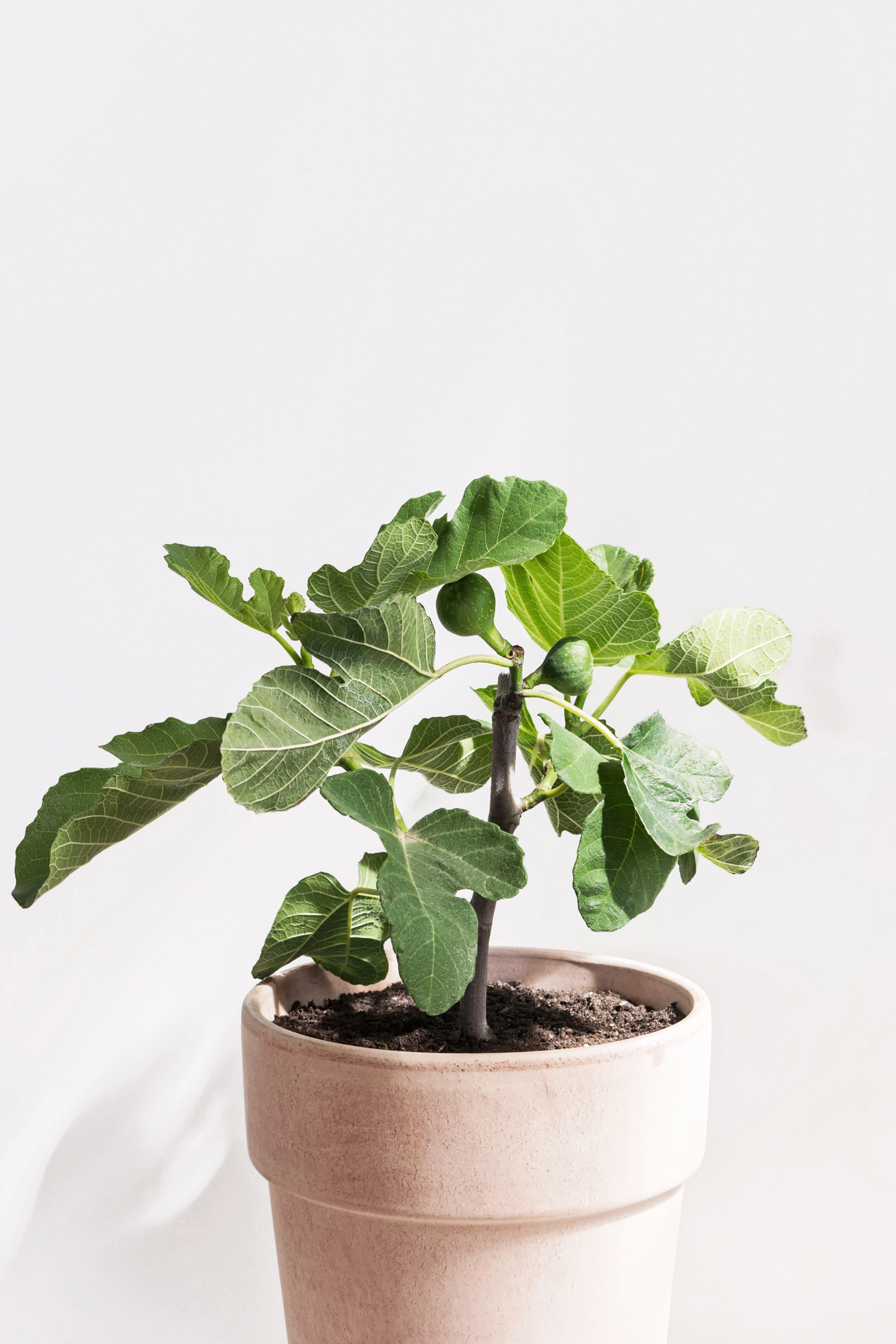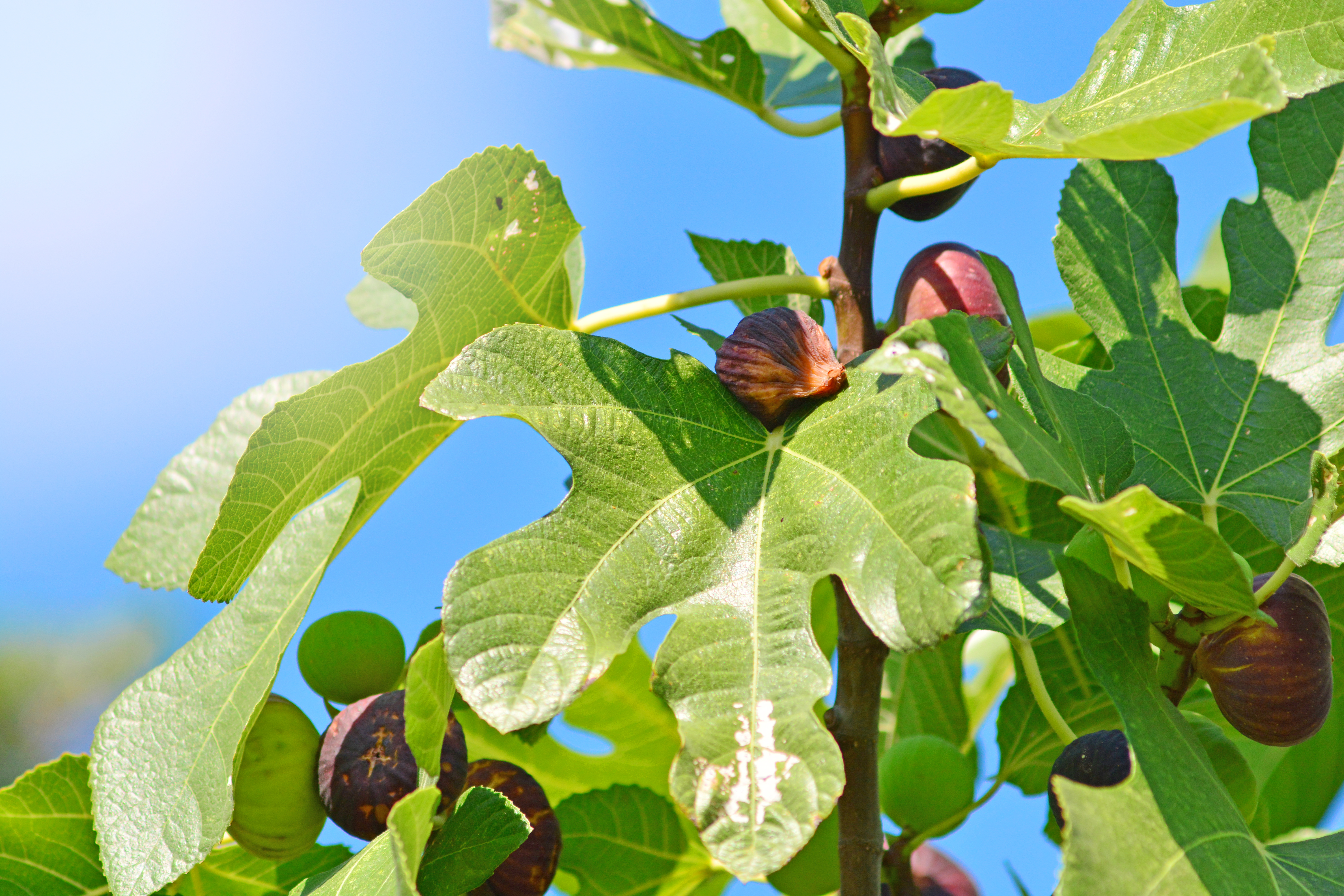Overwintering Fig Tree
It can definitely be a bit tricky to get your Fig tree to survive the winter in climates where it can't grow outside. There are, however, some tips and steps you can follow to give your plant the best possible conditions.

Check the soil Before moving your plant from where it has been during spring / summer, make sure the soil is dry to avoid mold growth.
Check for pests When your plant is moved to a new location and proceeds into the winter months, it might get a bit weak. Its normal resilience against pests is therefore lower. Make sure to check that your plant is healthy and free of pests before moving it to its winter location.
Lower the temperature Place your plant in a cool room. For example, a garage, shed, basement, attic, summerhouse or a cool stairway if you are living in an apartment. Recommended temperature for this plant:
Light or dark? Fig trees are deciduous trees which means that they naturally will drop their leaves during winter. This also means that you can winterize your plant in a dark or light spot once the leaves have fallen off - it doesn't really matter as long as the temperature is low enough.
Reduce watering Cutting back on watering during winter is key to helping your Fig tree to survive. The amount of water it will need will depend on the amount of light it will get and what temperature it's placed in. But in general: it's better to water it a bit too little during winter than a bit too much (since Fig trees can recover from too little water pretty fast).
Once the overwintering is over: let your fig tree get used to the bright light in spring gradually so that it doesn't burn — Planta tip
